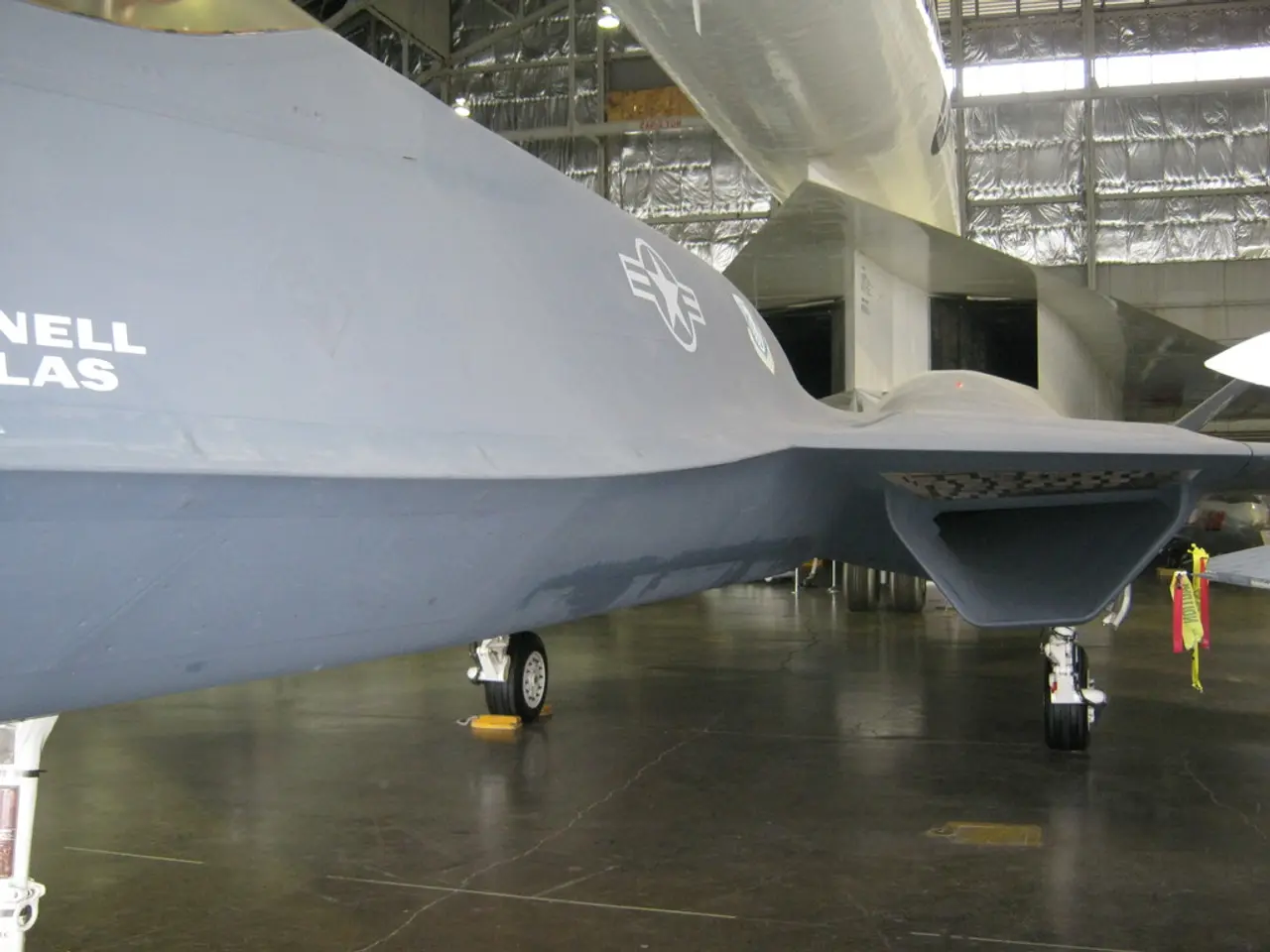Drones' development in the Tomsk region will proceed under a unique legal system.
In a strategic move to bolster Russia's technological sovereignty and innovation in the field of Unmanned Aerial Systems (UAS), the Tomsk Region has extended its experimental legal regime (ELR) for digital technologies related to UAS until 2028. This decision, which was approved by the Tomsk Region's Legislative Duma, is expected to significantly advance the development of modern unmanned aerial vehicles (UAVs) in the region.
The strategic goal of creating a centre of competencies in the field of unmanned aviation behind the Ural Mountains is a systemic task for the Tomsk Region. This centre aims to simplify flights and continue scientific and technical work on developing modern UAVs. The extension of the ELR is intended to consolidate the Tomsk Region's position as a leader in the field of unmanned aviation.
The ELR offers a legal framework to experiment with digital UAV technologies, enhancing their reliability, functionality, and security in various operational scenarios, thus fostering innovation within regional industrial hubs. One of the key benefits of the ELR is the support it provides for the development of Russian open-source software for UAVs, such as the Asv.Drones system introduced in 2023. This reflects efforts to reduce dependency on foreign technologies and strengthen Russia's local capabilities in UAV software systems.
The Tomsk Region's ELR is part of a broader Russian strategy to cluster high-tech industries regionally, boosting local employment and technological expertise. It is expected that digital protocols for monitoring, remote control, and logistics will be developed within the ELR. The Scientific Production Centre for Unmanned Aerial Systems was developed during the initial ELR period, with funding from both regional and federal budgets.
Looking ahead, the legal regime is likely to evolve to better protect intellectual property rights related to UAV software, as shown by recent Supreme Court and Constitutional Court decisions in Russia supporting software developers’ rights. Industrial and regional cooperation frameworks are also expected to grow, potentially involving more comprehensive support from federal industrial development funds.
On the regulatory side, there is an increased emphasis on security and compliance, especially amid ongoing geopolitical tensions and sanctions. The European Union, for example, has imposed restrictions on ports and logistics related to unmanned aerial vehicles in Russia, which could influence export controls and technological development strategies internally.
In summary, the extended experimental legal regime in the Tomsk Region acts as a critical enabler for Russia’s ambitions in UAV technology innovation, providing a platform for software and hardware advances while fostering local industry and protecting digital rights. Future progress is expected to include strengthened IP protections and integration into wider federal technological sovereignty projects, responding to both domestic needs and international pressure.
Artificial intelligence could play a significant role in advancing the Tomsk Region's unmanned aviation center, by providing enhanced capabilities for flight simulations and autonomous control systems for UAVs. This would further facilitate the development of modern UAVs and their operational scenarios.
The extension of the experimental legal regime for digital technologies related to UAS presents an opportunity to explore artificial-intelligence applications to improve the reliability, functionality, and security of UAV software systems, thereby fostering innovation within the region.




